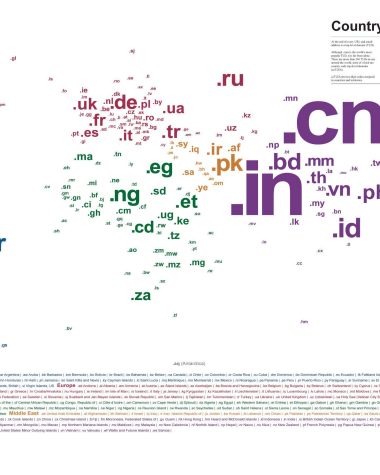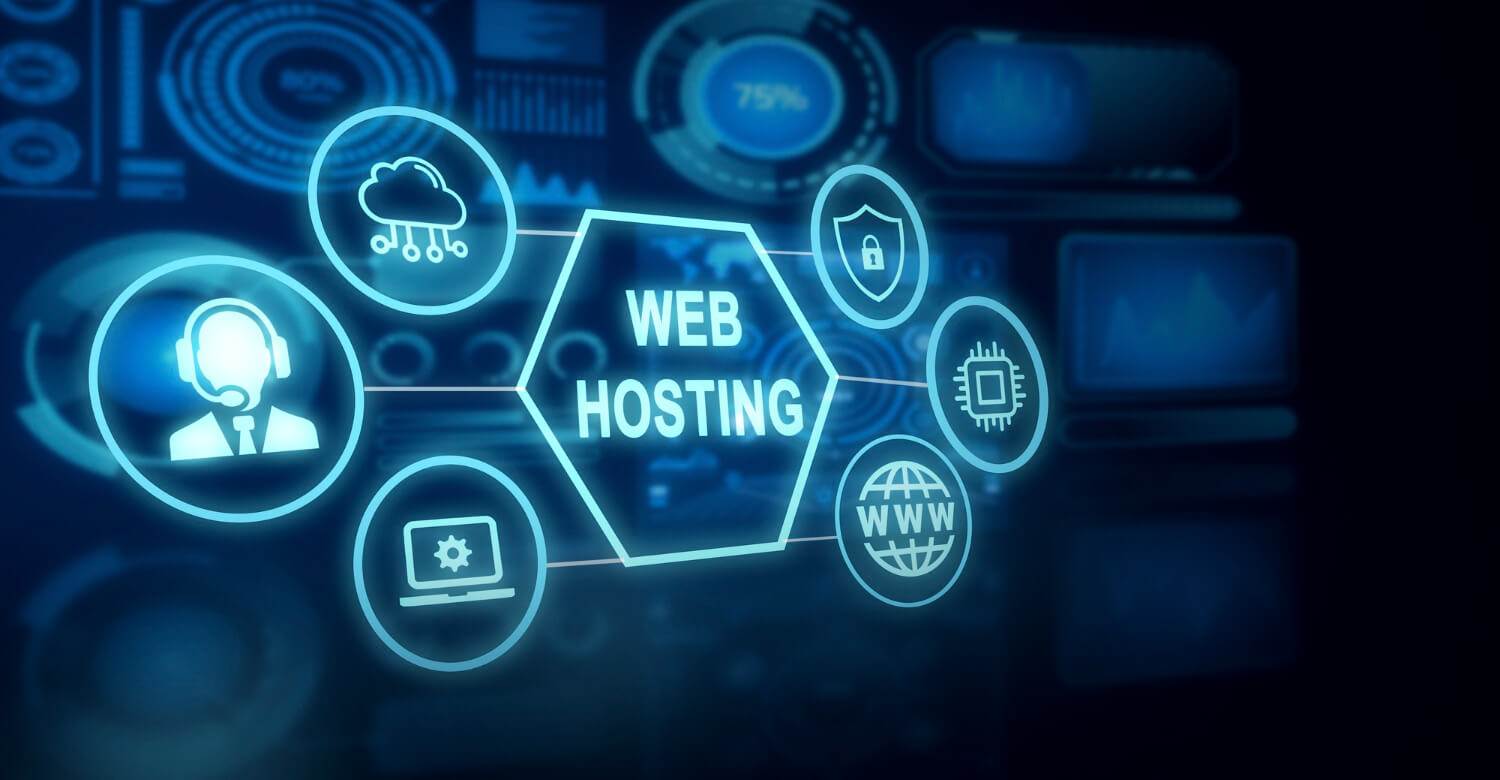Transferring a domain to another person is a process that involves several steps to ensure a smooth and secure transition of ownership. Whether you are selling your domain, gifting it, or transferring it for other reasons, this guide will provide you with a comprehensive understanding of how to do so effectively.
Understanding Domain Transfer
A domain transfer usually refers to the process of changing the registrar of a domain. However, when transferring ownership to another person, it involves both a change of registrar (if applicable) and a change of registrant—the person or entity that holds the rights to the domain.
Pre-Transfer Preparations
Verify the Transfer Eligibility: Domains cannot be transferred within 60 days of registration or a previous transfer, or if the domain is in “locked” status.
Backup Your Data: If you have a website hosted on the domain, back up all your site data before initiating the transfer.
Update Your Contact Information: Ensure that your administrative contact information is up-to-date in the domain’s WHOIS records.
Unlock the Domain: Remove any registrar lock that you may have set to prevent unauthorized transfers.
Obtain the Authorization Code: Also known as EPP code or transfer key, this code is needed to initiate a transfer at another registrar.
Initiating the Transfer
Communicate with the Recipient: Ensure the person receiving the domain is ready and aware of their obligations. They will need an account with a registrar that will manage the domain post-transfer.
Initiate Transfer at the Recipient’s Registrar: The person receiving the domain will need to initiate the transfer process on their end, usually by entering the domain name and the authorization code.
Approve the Transfer Request: You, as the current domain owner, will need to approve the transfer request, which may be done through a link or button in an email from your current registrar.
Post-Initiation Steps
Verification: The recipient will receive an email from their registrar to confirm the transfer.
Confirm Transfer with Current Registrar: The current registrar might send you an email to confirm the release of the domain.
Awaiting the Transfer Completion: Domain transfers can take anywhere from a few days to a week. During this time, the WHOIS database will be updated with the new registrant’s information.
Finalization of the Transfer
Confirmation of Transfer: Both parties will receive confirmation emails from the respective registrars once the transfer is complete.
Updating Domain Records: The new owner should verify that the domain’s DNS records are pointing to their desired servers or hosts.
Transfer of Associated Services: If there are additional services attached to the domain, like email or subdomains, these need to be transferred separately, often involving changing settings within the domain management interface.
Legal and Administrative Considerations
Domain Transfer Agreement: It’s advisable to have a domain transfer agreement that outlines the terms of the transfer, including any payment agreements.
Payment: If the transfer involves a sale, ensure that the payment is processed securely, possibly using an escrow service.
Updating Legal Records: If the domain has a trademark or is associated with a business entity, legal records may need to be updated accordingly.
Potential Issues and Solutions
Transfer Delays: If the transfer is taking longer than expected, contact both registrars to ensure there are no issues holding up the process.
Incorrect WHOIS Information: If the WHOIS information was not updated correctly, contact the new registrar to correct it.
Domain Locking: Sometimes, a domain may inadvertently remain locked. Ensure that the domain status is “unlocked” before initiating a transfer.
Best Practices
Use a Trusted Registrar: Always transfer domains using reputable registrars to avoid scams or fraudulent activities.
Keep Records: Maintain records of all communications and confirmations related to the domain transfer.
Secure Your Account: Both parties should secure their registrar accounts with strong passwords and, if available, two-factor authentication.
Privacy Protection: Consider using privacy protection services offered by registrars to shield personal information in the WHOIS database.
Transferring a domain to another person is a detailed process that involves careful coordination between the current owner, the recipient, and the registrars involved. By understanding the necessary steps and preparing accordingly, you can ensure a secure and efficient transfer.
Always remember to keep security at the forefront of the transfer process to protect against unauthorized access or changes to the domain. With the right approach, transferring domain ownership can be a straightforward task that results in a satisfying outcome for both parties.
Continuous Support and Troubleshooting
After the domain transfer is complete, it’s important to remain available for a short period to address any potential issues that may arise. This could involve troubleshooting any technical problems or clarifying the administrative aspects of the transfer.
Managing the Transition Period
There may be a transition period where services associated with the domain, such as email accounts, may not function as intended due to changes in DNS settings. It’s crucial for the new owner to understand the need for configuring their hosting services and ensuring that the domain points to the correct servers.
Transferring Ancillary Services
Often, domains come with additional services like SSL certificates, web hosting, or associated email addresses. It’s essential to transfer these services or set up new ones to avoid service interruptions. Here’s how to manage this process:
SSL Certificates: The new owner will need to either transfer the existing SSL certificate or obtain a new one to ensure continued HTTPS access for the domain.
Web Hosting: If web hosting is tied to the domain, the recipient will need to set up their own hosting or transfer the existing service.
Email Accounts: Any email addresses associated with the domain will need to be recreated under the new owner’s hosting account.
Maintaining Domain Health
The new owner should be advised on the importance of maintaining the domain’s health, such as renewing the domain registration before it expires, keeping contact information up to date, and managing DNS settings properly.
Transfer of Ownership Documentation
Once the transfer is officially complete, it’s a good practice to document the change of ownership. Both parties should retain copies of any transfer agreements, receipts, confirmation emails, and correspondence related to the transfer. This documentation will be valuable for reference and for resolving any disputes that may arise in the future.
Post-Transfer Relationship
Depending on the nature of the transfer, the previous and new owners may need to maintain a relationship post-transfer. This could be for the purpose of handing over web content, dealing with legacy issues, or for the transferor to provide support or advice if they are more technologically adept.
Reflecting the Change in Business Operations
If the domain is associated with a business, the change of ownership might have broader implications that need to be addressed. This could involve updating marketing materials, informing customers or clients about the change, and ensuring that any references to the domain in legal documents are current.
Transferring a domain to another person is not just a technical process but also a legal and administrative one. Both parties should perform due diligence to ensure that the transfer is executed legally and securely.
The transferor should be transparent with any information that might affect the new owner’s use of the domain, while the transferee should be prepared to take over all responsibilities associated with the domain.
By following the steps outlined in this guide and staying informed about best practices, individuals can navigate the complexities of domain transfers with confidence and efficiency. The goal is to ensure that both the transferor and the transferee are satisfied with the transfer process, and that the domain continues to serve its purpose under new ownership.
Integrating Domain into New Projects
For the recipient, integrating the newly acquired domain into their projects or business operations is a vital step. This involves strategic planning on how the domain will be utilized, whether for a new website, as a rebranding tool, or as a redirect to an existing site. It’s also a chance to evaluate and improve upon the SEO and online presence that the domain may already possess.
Renewal and Long-Term Management
The new owner should set reminders for domain renewal to avoid losing the domain due to expiration. They should also consider whether to opt for long-term registration, which can offer peace of mind and potential SEO benefits, as some search engines favor domains registered for a longer period, viewing them as more stable and reliable.
Monitoring Security
Security doesn’t end after the transfer is complete. The new owner should monitor the domain for potential security threats. This includes keeping an eye on domain-related emails for phishing attempts, protecting the domain with registrar lock features, and regularly reviewing access logs if available.
Engaging with a Community
Joining domain owner communities can provide the new owner with resources, support, and advice on managing their domain. These communities can also offer insights into the latest trends and best practices in domain management, security, and optimization.
Further Education
The domain industry is continually evolving, with new regulations, technologies, and practices. The new owner should stay informed about these changes to ensure they are managing their domain effectively and legally. This could involve subscribing to industry newsletters, attending webinars, or participating in online forums.
Evaluating Domain Performance
To maximize the value of their domain, the new owner should regularly evaluate its performance. This includes analyzing website traffic, checking search engine rankings, and assessing the domain’s impact on business goals. Tools like Google Analytics and Search Console can offer valuable data for this purpose.
Future-Proofing
The domain world can be unpredictable, with changes in internet governance, new top-level domains being released, or shifts in user behavior. It’s wise for the new owner to stay adaptable and prepared to make changes to their domain strategy if necessary.
Considering Additional Domain Services
After taking ownership, the new owner might want to consider additional services such as domain parking, if they’re not ready to launch a site immediately, or domain brokerage services if they intend to sell the domain in the future.
Legal Responsibilities
As the new registrant, the owner must be aware of their legal responsibilities. This includes adhering to domain name law, respecting copyright and trademark laws, and ensuring that the domain does not infringe on the rights of others.
Environmental Impact
In an era where digital carbon footprints are becoming a concern, the new owner might also consider the environmental impact of their domain, especially if it’s associated with a high-traffic website. They could look into green hosting solutions or support digital sustainability initiatives.
A domain transfer is more than just a transaction; it’s the passage of a digital asset that can hold significant value and potential. Both parties must approach the transfer with care and due diligence to ensure a successful transition.
The new owner should embrace the responsibilities of domain ownership with a proactive and informed mindset, ensuring that the domain remains secure, legally compliant, and an asset to their online presence. The transfer process, when done correctly, is not the end but the beginning of a new chapter in the domain’s lifecycle.









